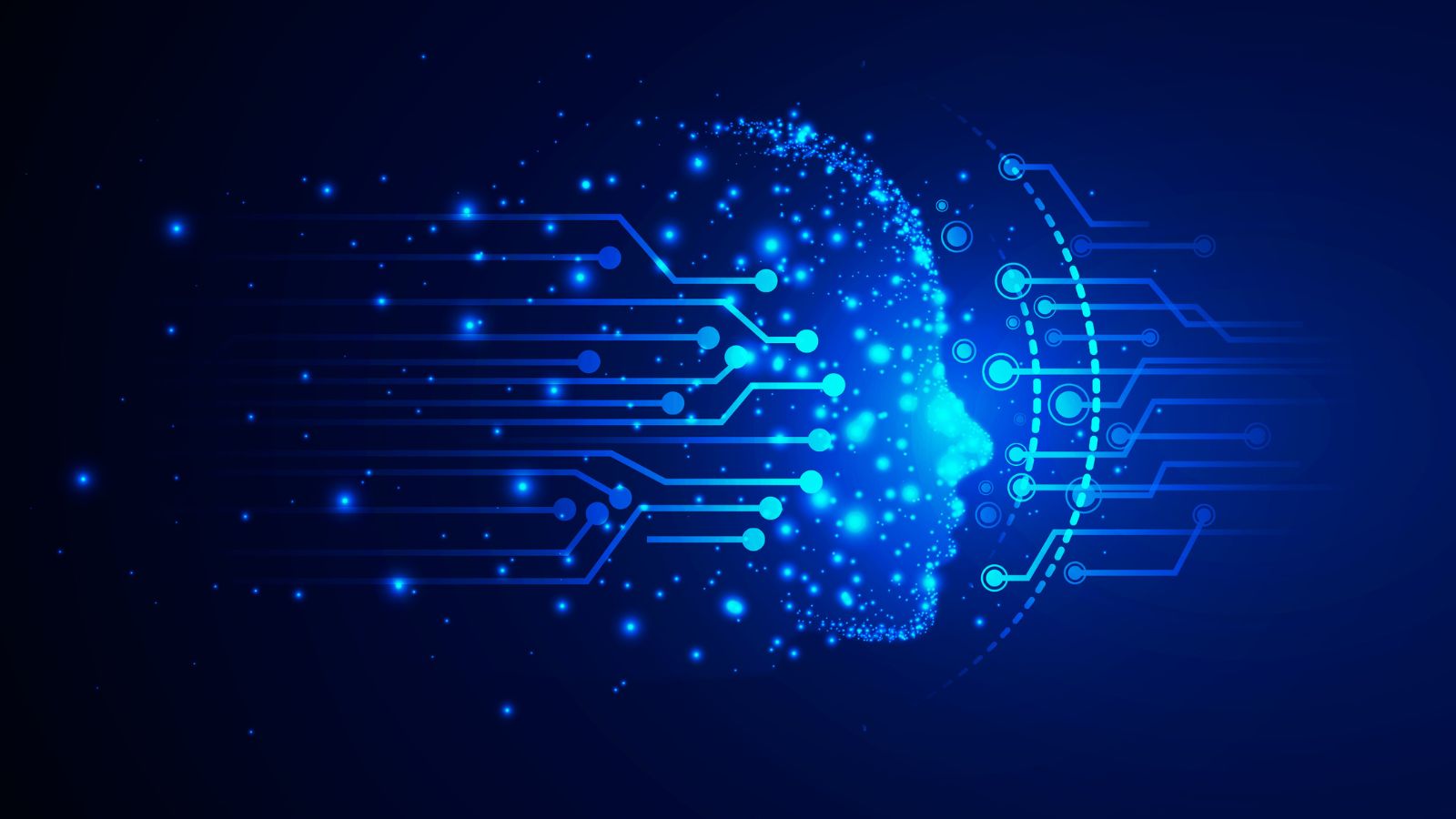- TGIF with AI (Productiv-A.I.ty Newsletter)
- Posts
- (A)I Can Read Your Mind
(A)I Can Read Your Mind
Researchers at Radboud University develop AI system that can recreate what you see
The team of researchers have developed an AI system that can recreate images from brain activity
It seems there’s simply nothing that artificial intelligence can do. While coming up with human-like responses or generating hyper-realistic images has become commonplace, now it seems that an AI system capable of recreating images from brain activity is in the works.
Researchers from Radboud University in the Netherlands have created an AI system that can purportedly create accurate reconstructions of what someone is looking at. This is done based on the recordings of their brain activity. These images are further refined as the AI system learns which parts of the brain to examine. “As far as I know, these are the closest, most accurate reconstructions,” Umut Güçlü at Radboud University, was quoted as saying by NewScientist.
The team reportedly used fMRI scans, an imaging process that shows activity in specific areas of the brain. They used fMRI scans of humans and direct electrode recordings from a macaque monkey to record brain activity while viewing images. Over time, the AI system improved and learned which parts of the brain to focus on and this significantly enhanced reconstruction accuracy.

The top row is what the monkey saw, and the bottom row is the images the AI system reconstructed by studying brain activity. (Image: NewScientist)
According to the report, the team is among several researchers around the world who have been using AI systems to record what animals or people are seeing from brain recordings and scans. The team previously did a study where they used an fMRI scanner to record the brain activity of three people as they looked at a series of photographs. In another study, the team also used implanted electrode arrays to directly record the brain activity of a macaque monkey as it observed AI-generated images.
Recently, the team reanalysed data from previous studies with the help of an improved AI system that can study which part of the brain it should focus on.
Although there are some limitations with the study in terms of using images already in the dataset, this research is path-breaking. From assisting stroke victims in communication to interpreting dreams, this could be a huge leap for AI.
Below are the links to the original articles.

